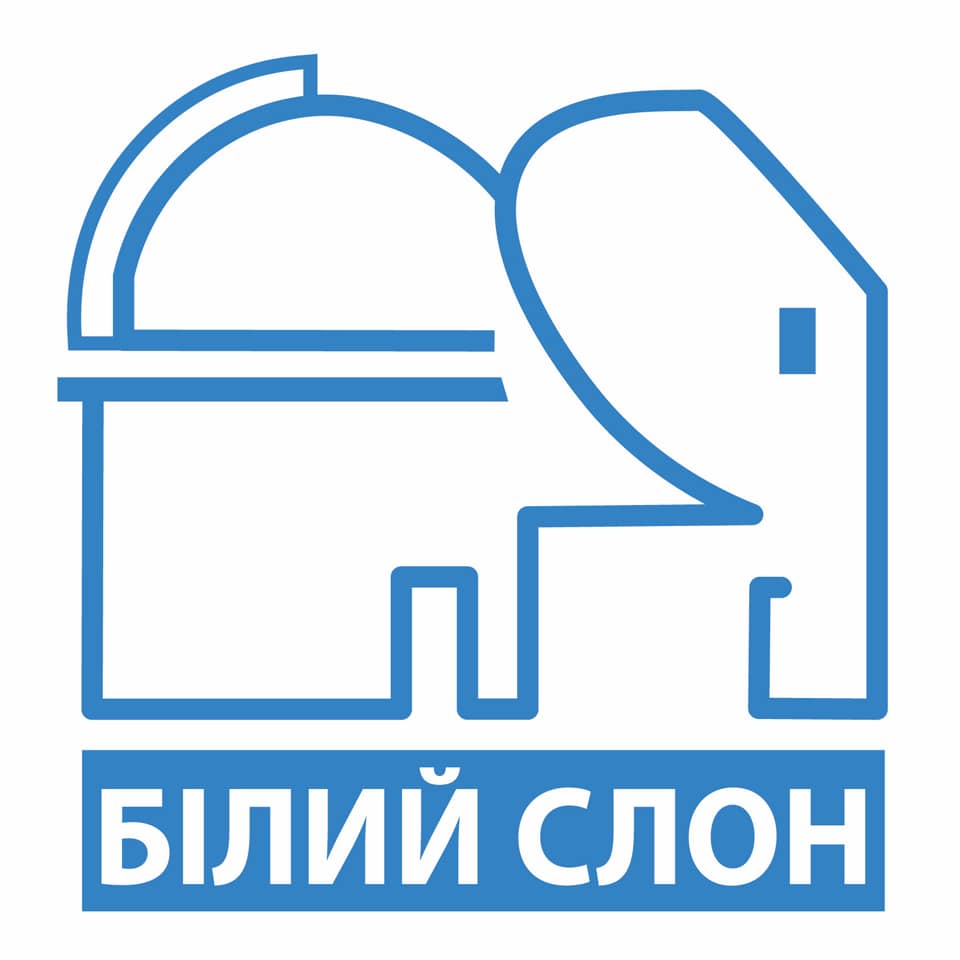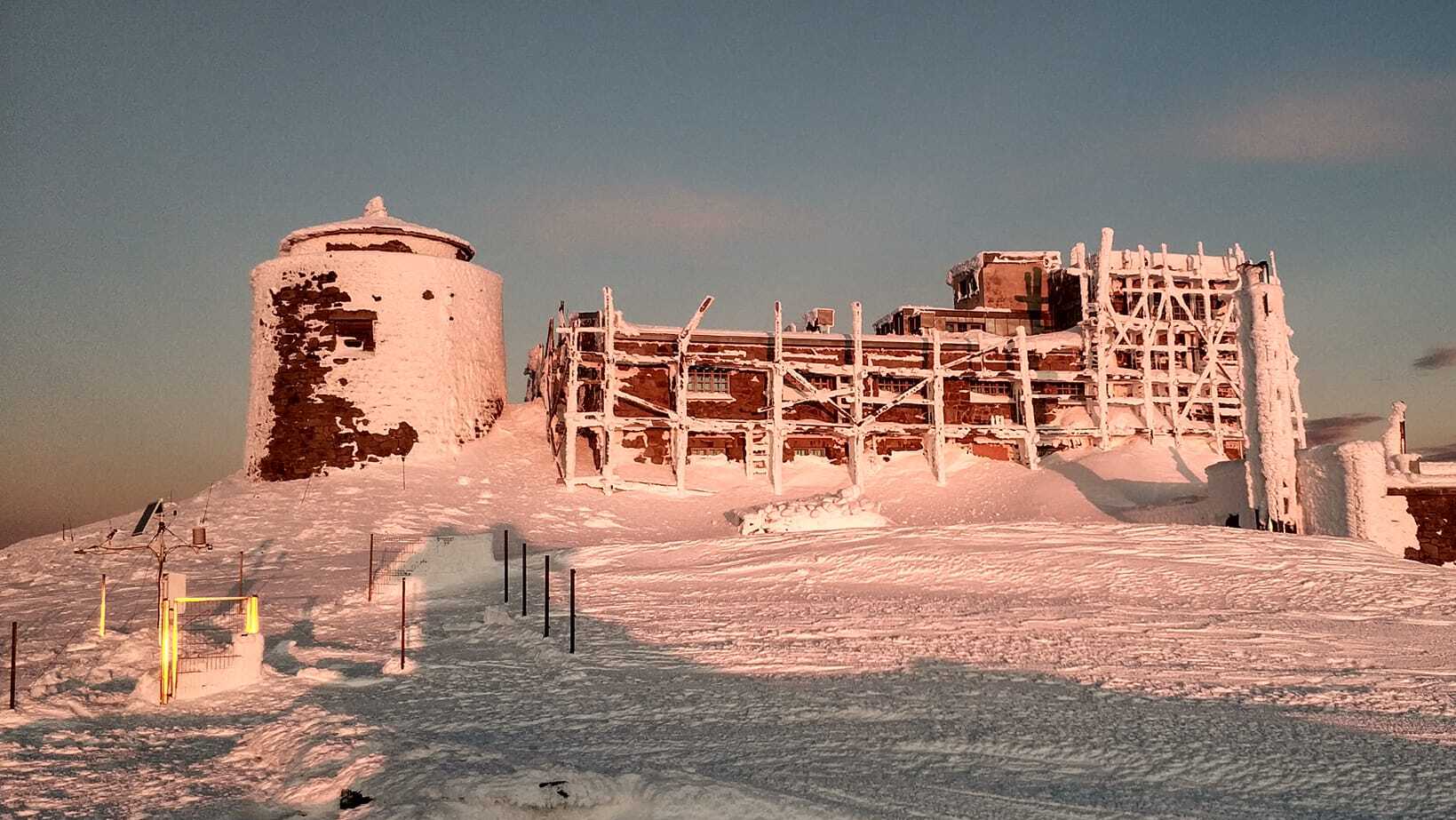
International Science Center “Observatory”

Address
Ukraine, Ivano-Frankivsk Region, Verkhovyna District, Yavirnyk village, Pohorilets hamlet, 548Station manager
Myroslava MylenkaStation Features
Opening year: 2017 Status: OpenFacilities
Station name and owner
International Science Centre “Observatory” of the Vasyl Stefanyk Precarpathian National University in Ukraine.
Location
The International Science Centre “Observatory” is located at 2028 m a.s.l. on the top of Pip Ivan Mountain at the subalpine and alpine belts in the Chornohora Massif of the Carpathian Mountains in Ukraine.
Climate data
Grey colours are WMO Climate Normals including maximum and minimum values. Blue colours are individual years.
Climate data for the stations where extracted via Copernicus Climate Data Store, from the global gridded reanalysis product:
ERA5 monthly averaged data on single levels from 1940 to present.
Description and source code: Roemer J.K. 2023. https://doi.org/10.5281/zenodo.10214922
Data Source: Hersbach et al. 2023. Copernicus Climate Change Service (C3S) Climate Data Store (CDS), https://doi.org/10.24381/cds.f17050d7
Biodiversity and natural environment
The alpine zone of the Ukrainian Carpathians, located above the tree line (typically above 1,800 m a.s.l.), is characterised by its unique and fragile ecosystems. This high-mountain region features subalpine meadows, rocky outcrops, screes, and highland bogs. Despite harsh climatic conditions—including strong winds, low temperatures, and a short growing season—the alpine zone supports a remarkable diversity of plant and animal species. Many of these are endemic, relict, or listed in national and international Red Lists. Alpine grasses, dwarf shrubs, and rare flowering plants dominate the vegetation. Mosses and lichens also play a crucial role in the ecosystem. The alpine zone provides vital habitats for species of conservation concern. It also serves as an important ecological corridor. Due to its ecological value, the alpine zone is often included in nature conservation strategies and protected areas, such as the Carpathian Biosphere Reserve and Carpathian National Nature Park. However, the area remains vulnerable to climate change, overgrazing, and increasing tourism pressures, which threaten the long-term stability of these high-mountain ecosystems.
History and facilities
The station on Mount Pip Ivan Chornohirskyi is a former astronomical and meteorological observatory built at 2,028 meters above sea level in 1938. It was intended to be one of Europe's most modern high-altitude scientific institutions, conducting astronomical, meteorological, and geophysical observations. Due to its shape and colour, the observatory was also known as the "White Elephant". However, it operated for only a short time: in 1939, with the outbreak of World War II, the station was abandoned and gradually fell into ruin. Since 2012, its reconstruction has begun as a joint initiative of the Vasyl Stefanyk Precarpathian National University and the University of Warsaw. Today, a modern scientific and rescue centre is being established there, combining climate science, biology, astronomy, and mountain rescue training research. In 2023, the "Observatory" was equipped with a meteorological and environmental observation point (an automatic weather station, Vaisala Automatic Weather Station AWS310 with sensors for temperature, relative humidity and dew point, atmospheric pressure, precipitation, sunlight duration, wind speed and direction, and long- and short-wave radiation, etc. was installed).
General research and databases
Climate science, biology, ecology research and mountain rescue activities.
Station Monitoring
Human dimension
Distance to the nearest settlement: Dzembronya village - 10.5 km; Shybene village - 11 km. The station is located within the Carpathian National Nature Park.
Access
The best and safest period for access is from May to September.

